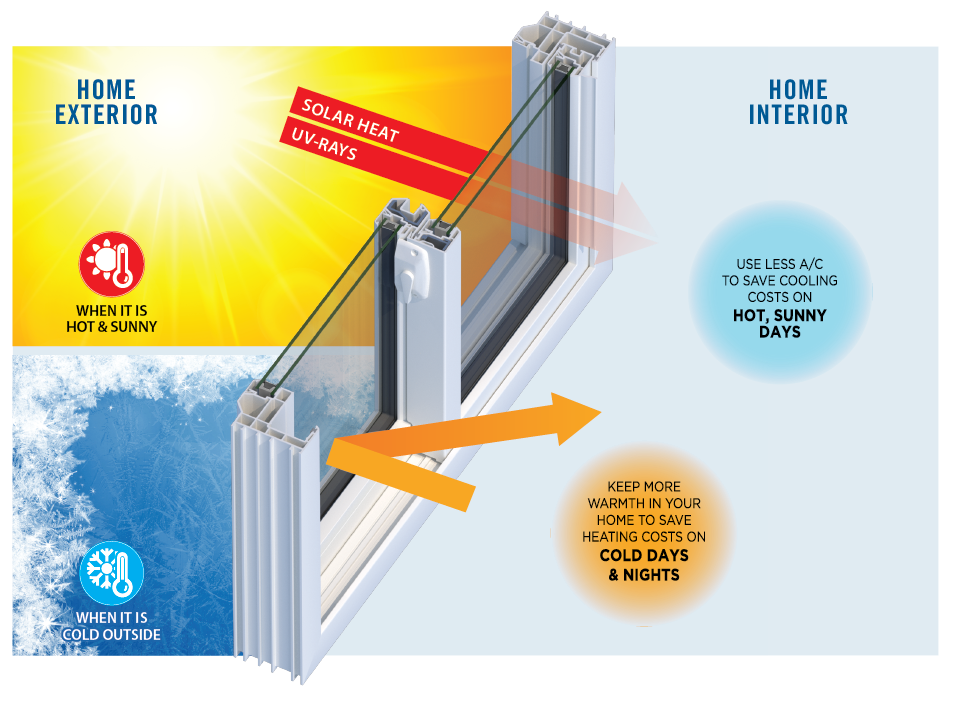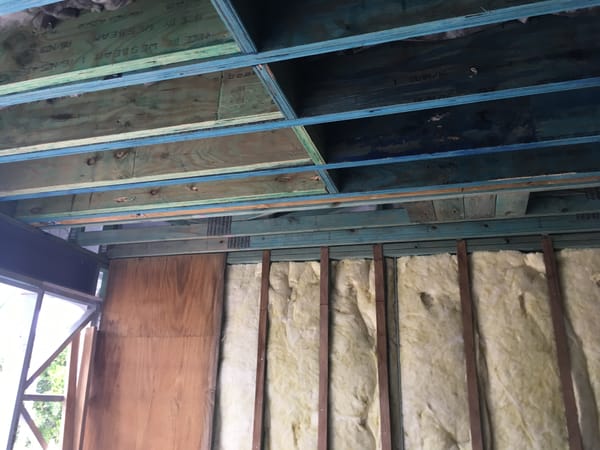Introduction
Let’s face it—Australia’s homes aren’t exactly the poster children for energy efficiency. You might have seen your new home’s energy rating proudly displayed on a certificate or heard your builder rave about their 7-star design.
But here’s the takeaway: those ratings often don’t reflect how your home actually performs when it’s built, lived in, and racking up the energy bills.
The gap between what a home should do (on paper) and what it actually does is known as the “performance gap.” And it’s a big deal. It means homeowners like you could be shelling out for heating, cooling, and electricity that should’ve been lower, all while thinking you’re living in a “green” home.
A recent report, Optimising Housing Assessment to Drive Low-Carbon Housing Upgrade (2023), digs deep into this issue:
It argues that if we want to cut carbon emissions and future-proof our homes (and our wallets), we need to overhaul how housing assessments are done.
Think better tools, real-world measurements, and policies that make the green ratings mean something.
In this post we break down what the report says in simple terms you can understand. You’ll get clear takeaways on why current assessment methods fall short, what needs to change, and, most importantly, what you can do right now to make your home more energy-smart.
Why Current Housing Assessments Fall Short
You’ve probably heard of NatHERS or BASIX—they’re the energy assessment tools used to rate how “green” a home is meant to be.
But here’s the problem: those ratings are based on design specs and simulations, not what actually happens when you live in the home.
This gap is called the performance gap, and it’s more than just a technicality. It’s the reason why homeowners can end up with energy bills way higher than expected, even though their home was supposedly “energy efficient” on paper.
Why does this happen? For starters:
- NatHERS and BASIX don’t measure real-world energy use or carbon emissions; they estimate based on models that assume perfect conditions.
- They often miss things like poor workmanship, gaps in insulation, or how people actually use the space.
- Builders and assessors might also game the system by focusing on points that look good on paper but don’t deliver real-world performance.
The result? Homeowners think they’re getting a high-performing, low-carbon home, but they’re not. They’re getting a home that might be leaky, draughty, and less efficient than promised.
This isn’t just an annoying detail—it’s a waste of money, and it’s bad for energy consumption. If we want to cut carbon emissions from housing and stop wasting energy, we can’t keep relying on flawed systems.
The Case for Better Assessment Tools
So, we know the current tools like NatHERS and BASIX aren’t cutting it—but what makes a good housing assessment tool?
It’s simple: it should be accurate, consistent, detailed, and focused on the real world.
The report points out that most existing tools focus too much on the theoretical performance of new builds. They rarely account for the complexities of actual use—things like occupancy patterns, climate variations, and installation quality. Worse still, they often overlook the retrofit market—the millions of older homes that could be upgraded to cut emissions and save energy.
A “good” tool (it's always good to have a tool that works, the right tool for the application) needs to:
- Reflect whole-of-life carbon emissions, not just the energy use while the home is occupied.
- Include granular, specific details (like local climate data, construction methods, and material choices).
- Be standardised across the country, so homeowners and builders aren’t dealing with a patchwork of different requirements.
- Support easy-to-understand reporting, so you can actually use the information to make smart decisions.
Without these improvements, assessments are little more than a box-ticking exercise.
If we’re serious about lowering emissions from housing, we need to move from theory to practice—and better tools are the first step.
Moving Towards In-Use Performance Measurement
It’s one thing to design a house to meet energy targets on paper—but it’s a whole other challenge to make sure it performs in the real world. That’s why the report argues for a major shift: we need to move from design-based ratings to in-use performance measurement.
What does this mean? Instead of relying on a star rating from NatHERS or compliance with BASIX, in-use performance measures how a home actually uses energy once people are living in it. This includes tracking things like:
- Actual energy consumption (from electricity bills or smart meters).
- Real carbon emissions (based on energy source and usage patterns).
- Comfort levels inside the home (temperature, humidity, etc.).
Countries like the UK are already doing this with tools like the Energy Performance Certificate (EPC) system, which combines design specs with real energy use data.
Australia, though, is lagging behind—our current systems don’t track real-world performance, and there are hurdles like privacy concerns, lack of standardisation, and resistance to change.
But if we want homes to actually perform as advertised, we need to get past these barriers. Homeowners deserve to know how their home really stacks up.
Section 4: Policy Recommendations for Australia
If we want Australian homes to cut emissions and deliver on their energy promises, we can’t just hope builders and developers will do the right thing. That’s why the report lays out clear policy recommendations that the government should act on—so homeowners can enjoy real savings, not just flashy ratings.
Here’s what needs to change:
- Align housing assessment standards nationwide. Right now, we have a patchwork of inconsistent standards (NatHERS, BASIX, state-level schemes). It’s confusing for homeowners and creates loopholes. A national standard would mean every home is assessed on the same playing field.
- Mandate in-use performance disclosure. Imagine knowing exactly how a home performs before you buy it—like a car’s fuel consumption rating. Mandatory disclosure would give buyers and renters clearer information and drive competition.
- Offer incentives for retrofits and upgrades. Many older homes have massive potential for carbon and energy savings. Targeted incentives (rebates, loans) can make these upgrades affordable and appealing.
- Improve training and accreditation for assessors. Quality assessments rely on skilled professionals. Investing in training ensures assessments are accurate and consistent.
These aren’t pie-in-the-sky ideas—they’re practical steps that would close the performance gap and put Australia on track for its climate goals.
And the best part? Homeowners get real, measurable benefits from them.
What Homeowners Can Do Today
Sure, waiting for policies to catch up sounds frustrating. But the good news? You don’t have to wait.
There are steps homeowners can take right now to reduce their energy footprint, energy bills—without waiting for the government to mandate changes.
Here’s what you can do:
- Check your home’s current energy rating and understand where the gaps might be. It’s a starting point, even if the rating isn’t perfect.
- Get an independent assessment. Consider hiring a qualified assessor who can give you a detailed, unbiased report—especially if you suspect your home isn’t performing as promised.
- Invest in proven upgrades:
- Top up insulation (AS 3999 covers installation of insulation materials).
- Make sure insulation is installed properly, reduce gaps/air leakage/air transfer
- Upgrade to high-performance glazing.
- Add shading to glazed openings to reduce cooling costs.
- Seal draughts and improve airtightness.
- Install solar PV and battery systems to reduce peak demand draw.
- Consider/look into V2G (vehicle to grid) if you have an EV - remember a transfer switch will be required so you don't back charge the grid with your vehicle when using it to power circuits (saves BBQ'ing mains power workers).
- Upgrade heating and cooling to high-efficiency units.
- Track your energy use. Use smart meters, apps, or just your utility bills to monitor trends and make informed decisions.
- Change your habits. Even simple steps—like using appliances outside peak times or adjusting thermostat settings—can cut energy use.
You don’t need to overhaul your entire house overnight. Even small, well-planned changes can make a big difference in comfort, costs, and carbon emissions.
Avoiding Common Retrofit Pitfalls
Planning a retrofit sounds fun, (might be good to flap on Instagram about (virtue signal))—you’ll finally get a warmer, more efficient home and lower bills. But before you dive in, let’s talk about the common traps that can turn a smart upgrade into an expensive headache.
Here’s what to watch out for:
- Chasing flashy tech without fixing the basics. People often rush to install solar panels or fancy systems without addressing fundamentals like insulation and airtightness. Without these, you’re just leaking energy.
- Poor workmanship. Badly installed insulation, air leaks around windows, and gaps in the building envelope can destroy your investment. Always hire qualified tradespeople and check their work against Australian standards and the National Construction Code (NCC).
- Ignoring embodied carbon. Upgrading with materials that have a high carbon footprint (e.g., imported, energy-intensive materials) can offset the emissions you’re trying to reduce. Look for local, sustainable options.
- Underestimating cost and disruption. Retrofitting can be messy and more expensive than expected. Make a solid plan, budget realistically, and understand the timeline.
The report emphasises that quality control and attention to detail are everything.
Looking Ahead – Australia’s Role in Global Climate Goals
You might be wondering, “Why should I care about carbon emissions when it’s just my house?”
Here’s the thing: your home is part of the bigger picture—and it’s a picture Australia needs to get right.
The report shows that if we upgrade homes across the country, we can:
- Significantly cut national carbon emissions. Residential buildings make up a large chunk of Australia’s carbon footprint, and retrofitting them is one of the fastest, most cost-effective ways to cut emissions.
- Boost energy security and lower bills. Better-performing homes mean less strain on the grid and more predictable energy costs for homeowners.
- Create jobs and economic benefits. Upgrades and retrofits mean more work for local tradespeople and manufacturers—plus healthier, more comfortable living spaces.
Conclusion
Energy ratings aren’t living in your house—you are. And if your home isn’t keeping you comfortable or your bills are through the roof, that energy certificate tucked in the kitchen drawer or handover kit isn’t much help.
This report makes one thing pretty clear: the way we assess homes in Australia needs a serious upgrade. Right now, the tools we use are based on best guesses and design intentions—not how homes actually perform once people move in, switch on the lights, and crank the heater. That gap between promise and reality? It’s costing us—financially, and in wasted energy.
As homeowners (current or soon-to-be), we can start asking better questions, demanding more from our builders and assessors, and making upgrades that actually work.
Think insulation that’s properly installed—not just “bulk insulation” specced on paper to tick a compliance box. Is it the right R-value for this house, this climate zone, and this design/house orientation? Or is it just generic insulation picked to make the spreadsheet/certifier happy?
Think heating and cooling that don’t have to battle against a draughty, leaky building envelope. Think solar panels—but after you’ve sorted out the basics— not installed just because you think you should or your friend did.
It’s not just about ticking boxes. The industry’s been doing that for the last 30 years with barely any oversight, and no one stopping to ask: “Are we doing the right thing—or just doing something?”
It’s about building homes that are genuinely cheaper to run, more comfortable and healthy to live in, designed to use less energy from the start.
Because let’s be honest—you wouldn’t work for free, so why keep paying for wasted energy that gives you nothing in return?
Frequently asked Questions (FAQ's)
1. What is the “performance gap” in housing?
The performance gap is the difference between how a home is expected to perform (based on design ratings) and how it actually performs in real life. This means your energy bills and comfort might not match what the rating promised.
2. How do NatHERS and BASIX currently work, and what are their limits?
NatHERS and BASIX are design-based assessment tools that estimate a home’s energy performance. They don’t measure real-world use and can overlook poor installation, occupant behaviour, and workmanship issues.
3. What is in-use performance measurement, and why does it matter?
In-use measurement tracks actual energy use and emissions from your home, giving a real picture of its efficiency. It closes the gap between theory and reality, helping homeowners make smarter choices.
4. What policies are likely to affect me as a homeowner?
Expect national standardisation of assessment tools, mandatory in-use performance disclosure, incentives for retrofits, and better-trained assessors—all aimed at delivering more accurate energy assessments.
5. How can I check my home’s real energy use?
Track your electricity and gas bills, install a smart meter, or use energy monitoring apps. Compare your usage against typical consumption for your home size and type.
6. What upgrades deliver the most bang for buck in reducing emissions?
Start with insulation, draught sealing, and efficient heating/cooling systems. Solar PV and batteries are also effective if your budget allows. Prioritise upgrades with proven returns on comfort and energy savings.
7. Are there financial incentives for retrofitting my home?
Yes, some state and federal programs offer rebates or low-interest loans for insulation, solar, and other upgrades. It’s worth checking what’s available in your area before starting.
8. How do I ensure my contractor follows Australian standards?
Hire licensed and experienced tradespeople, ask for references, and insist on compliance with the National Construction Code (NCC) and relevant Australian Standards (like AS 3999 for insulation).
9. What’s the link between my home and Australia’s emissions goals?
Residential buildings are a major source of carbon emissions. Upgrading your home can help Australia meet its climate targets while improving your living standards and energy costs.
10. Will these upgrades improve my home’s resale value?
Yes—homes with better energy efficiency are increasingly attractive to buyers, especially as running costs and environmental awareness rise. Quality upgrades can make your property stand out in a competitive market.
Further Reading




















